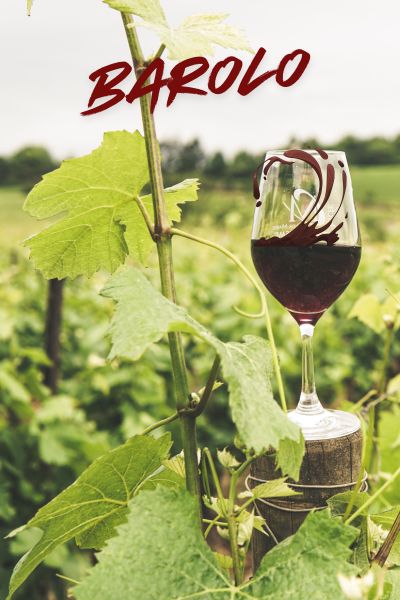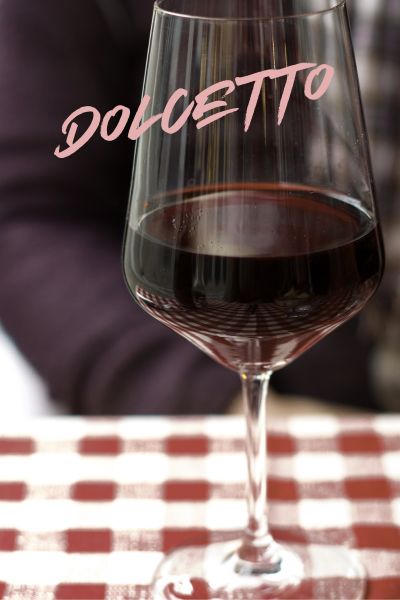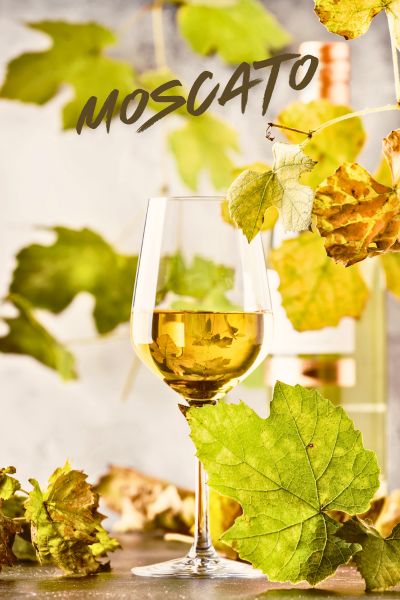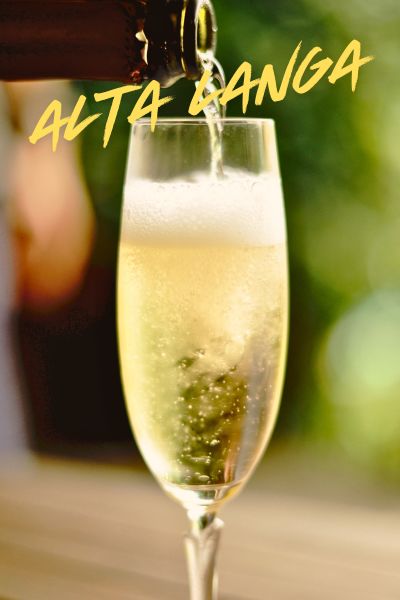Langhe Wines: red and white to explore the land slowly
Visiting the Langhe without tasting a wine is like going to the beach and not taking off your shoes. Here, wine is part of the landscape, the culture, and even the personality of the people. Wine means history, sharing, hard work, and friendship. In the Langhe, wine means roots, family, joy, and effort!
But where to begin if you’re not a wine expert? Right here. This simple, personal, and “slow” guide introduces you to the red and white wines of the Langhe, with stories, tips, and travel suggestions. Because behind every glass, there’s always a story. And here, we’re ready to share a few with you!
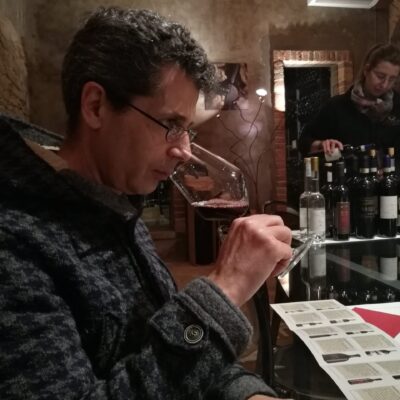
The Great Reds of the Langhe
Barolo – The King Who Embraces Slowness
An important wine, yes, but not intimidating! Think of it as a historical novel: it demands attention, but rewards you with emotion. Produced in the towns of Barolo, Castiglione Falletto, Serralunga d’Alba, and others, it must age for at least 4 years, including 18 months in oak barrels. A perfect match for braised meats and Castelmagno cheese. My Slow Tip: join a guided tasting to discover how its nuances shift from vineyard to vineyard.
Barbaresco – Captivating Elegance
The gentler brother of Barolo. Also made from Nebbiolo, it comes from the areas of Barbaresco, Neive, Treiso, and a few parts of Alba. After three years of aging, it becomes an elegant wine, already cherished by connoisseurs. Every sip reveals the care and passion that have been poured into it by its winemaker.
Nebbiolo – The Origin of It All
Nebbiolo is Piedmont’s signature grape. Its name comes from the autumn fog that blankets the vineyards. A strong, bold, and versatile red wine that changes character from one area to another. It’s the father of Barolo and Barbaresco—but it’s also worth discovering on its own.
Dolcetto – The Everyday Wine
Despite its name, it’s not sweet! This is the table wine that embodies the honest simplicity of the Langhe. Genuine, straightforward, and grape-forward—my first love among red wines! Try it with a simple dish, or serve it slightly chilled to bring out the flavor of a bowl of strawberries!
Barbera – The Bold Red That Wins You Over
Not just Monferrato—Barbera, but also shines in the Langhe. Fresh, lively, and increasingly appreciated abroad. Whether young and easy-drinking or full-bodied and structured, it has many faces and countless fans. A true charmer.
Pelaverga – The Surprising and Unique Aroma
A rediscovered grape variety from Verduno and Roddi: just a few hectares, but plenty of character. The wine is fresh, fragrant, and lightly spiced. And the grape itself? Crisp and delicious to eat!
The surprising whites of the Langhe
Moscato Bianco – The Sweetness of Celebration
Once known as “the children’s wine,” it’s now a symbol of joy. Low in alcohol and intensely aromatic, it’s perfect to end a family dinner or for a cheerful Italian toast. Try it in zabaglione, gelato, or a Moscato-flavored mousse. Fresh and summery, it can win over even those who usually don’t drink wine.
Nascetta – The Rediscovered Rarity
An indigenous grape from Novello, nearly lost and now revived. Semi-aromatic, with citrus and floral notes. A perfect match for appetizers and white meats.
Barbaresco – Captivating Elegance
The gentler brother of Barolo. Also made from Nebbiolo, it comes from the areas of Barbaresco, Neive, Treiso, and a few parts of Alba. After three years of aging, it becomes an elegant wine, already cherished by connoisseurs. Every sip reveals the care and passion that have been poured into it by its winemaker.
Alta Langa – Le bollicine d’altura
Spumante metodo classico prodotto con chardonnay e pinot nero. Nasce ad altitudini elevate, dove l’escursione termica dona eleganza e finezza. Sempre più cantine ci puntano e sempre più appassionati lo scoprono.
Sauvignon – L’internazionale che profuma
Erba tagliata, frutto della passione, litchi: nel Langhe DOC Sauvignon trovi aromi freschi e sorprendenti. Ottimo da aperitivo o con verdure grigliate.
Chardonnay – Il bianco che piace a tutti
Adattabile e profumato, trova nelle Langhe un terreno ideale. C’è anche una leggenda: Carlo Magno lo avrebbe piantato per non macchiarsi più con il rosso!
Wine curiosities and legends
Today, the wines of the Langhe are a symbol of excellence—but behind every bottle lie fascinating stories, curious legends, and little-known anecdotes. So sit back, maybe with a glass of wine in hand, and enjoy these tales:
Why Is It Called Nebbiolo?
Nebbiolo gets its name from the word nebbia, meaning “fog”—and there are two charming theories behind it:
-
The Langhe Fog: This grape ripens very late, often between late October and early November—right when the hills are wrapped in the first autumn mists. Harvesting among fog-covered vines is a magical experience.
-
The Bloom: When fully ripe, Nebbiolo grapes are covered with a pale, waxy coating called “bloom,” which makes them look like they’re shrouded in a light fog. “Nebbia” in the Italian language might also explain the name.
A poetic grape, right from its name.
Barolo: From Farmers’ Wine to Wine of Kings
Until the 19th century, Barolo was a sweet wine, quite distinct from what it is today. It was Marchesa Giulia Colbert Falletti di Barolo, a cultured and visionary woman, who dreamed of turning it into a great aging wine.
With the help of French experts and local winemakers, Barolo became more structured, refined, and regal. So much so that King Charles Albert and Victor Emmanuel II became true admirers, thus inspiring the famous saying:
“Barolo is the king of wines and the wine of kings.”
The Barolo Boys: The Rebels of the Langhe
In the 1980s, a group of young winemakers from the Langhe region set out to revolutionize the traditional rules of winemaking. Instead of extended aging and traditional methods, they began experimenting with new techniques, including small barrels (barriques), faster fermentations, and a strong focus on grape quality.
These changes gave rise to Barolo wines that were more approachable, ready to drink, and international in style. The group, known as the Barolo Boys, caused quite a stir and opened the world’s doors to Langhe wines.
Want to know more? Check out this film:
👉 Barolo Boys – The Documentary
Langhe Wines Around the World
Today, wines from the Langhe are exported to over 60 countries, and they’re among the most appreciated Italian wine excellences abroad. The main markets include:
-
🇺🇸 United States – big fans of Barolo and Barbaresco, and even Dolcetto is gaining ground.
-
🇩🇪 Germany – a long-time market, especially fond of Nebbiolo.
-
🇨🇳 China – increasingly attracted to Piedmont’s top reds.
-
🇨🇭 Switzerland, 🇬🇧 the United Kingdom, 🇨🇦 and Canada are key markets for many small and mid-sized producers.
And yes, some are even bringing Pelaverga to Sweden and Moscato to Japan!
Wine and Food Festivals: When the Langhe Tell Their Story
Want to experience wine in all its nuances? Join one of the local festivals. Here are a few can’t-miss events:
-
Vinum in Alba (April–May) – Outdoor tastings in the heart of the city, right alongside the producers.
-
International Alba White Truffle Fair (October–November) – Wine perfectly complements the local dishes during this iconic autumn event.

